November 19th, 2011
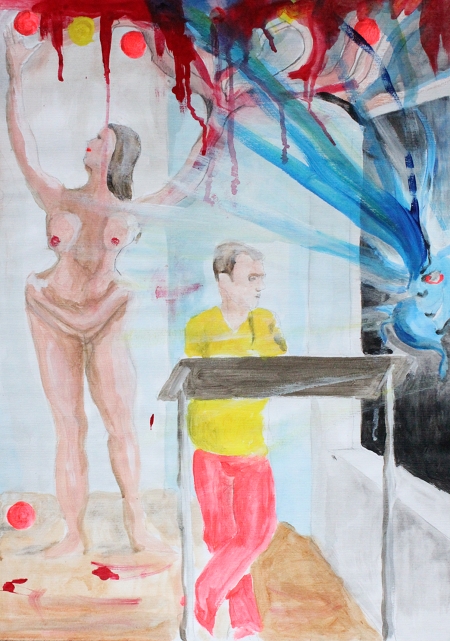
“Dreimäckriges Blauquallendrachengespenst verwandelt sich in einen Kugelblitz um die ausgecyborgte, zweigebeinigte “Jeanne die Arge”, zu töten”. Artwork by Hugo Buster, acrylic paint and pencil
Just a quick link to what seems to be an interesting study about biodiversity with the title Experiment gives insight into how species maintain diversity (via physorg.com). In the study it was investigated how biodiversity could be maintained despite dominance. Experiments with male voles, ordered by testesterone level, were performed:
when they released just a few of the high testosterone males and lots of low testosterone males into the same area, the males once again reigned supreme with the ladies. But when they released lots of high testosterone males with lots of lots of low testosterone males, the males with the lower levels actually did better than those with the high levels, indicating that there was something clearly at play. The researchers suggest that such results came about because the high testosterone level males spent more time fighting or showing off than mating, which gave the low testosterone males more of a chance to mate.
posted by nad | art and design, bio, climate, environment, perception | No Comments »
November 16th, 2011
I completely forgot to mention the post about the plywood bonobo by Stanislav Ploski. Like the other texts, the text was a little bit “polished” by the people at Inhabitat – just in case you wonder about my sudden glitzy english.
other posts there:
->Wood lamp
->Miss Maple
->Vase & Leuchte
posted by nad | art and design, berlin, environment, Uncategorized | No Comments »
November 11th, 2011
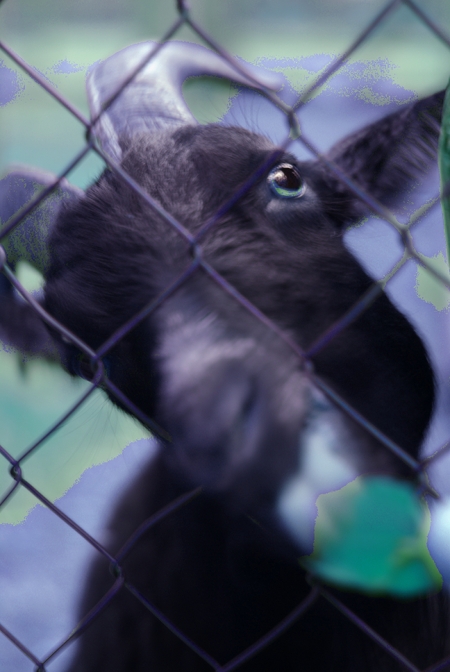
“Biquiertes Iodîner” artwork by Worthülsenfrüchtchen.
There had been low level traces of radioactive Iodine 131 in Europe these days. According to Reuters :
Germany’s Environment Ministry said slightly higher levels of radioactive iodine had been measured in the north of the country, ruling out that it came from a nuclear power plant.
Likewise
Austria’s Environment Ministry said small levels were measured in the east and north of the Alpine country, saying the estimated dose level for the population was one 40,000th of the dose of radiation received in a transatlantic flight.
The source of the radioactivity hasn’t sofar been identified. The IAEA thinks they are not caused by Fukushima. Again according to Reuters:
Massimo Sepielli, head of the nuclear fission unit of Italy’s national alternative energy body ENEA said any number of sources could be to blame for the readings.
“It could be coming from the transporting of (nuclear) material, it could come from a hospital … it could even come from a nuclear submarine, even if it’s a more complicated possibility … but you can’t rule that out.”
I am asking myself now how big a hospital dump must have been in order to find traces which are extending from the east of Austria to northern Germany.
posted by nad | environment, physics | No Comments »
November 1st, 2011
Just a short note: It seems the logic board of the computer is again in pieces.
posted by nad | humour, procrastination | No Comments »
November 1st, 2011
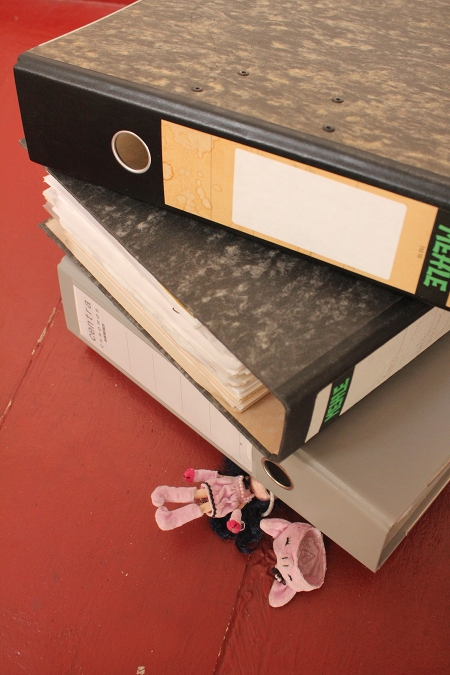
bye, bye THISYouKNOWmustNOTbemaned***
Unfortunately on Oct. 1st some countries signed the socalled Anti-Counterfeiting Trade Agreement (ACTA). The European Union may eventually join in. The agreement is rather problematic.
Read the rest of this entry »
posted by nad | communication, economy, procrastination, trips | No Comments »
October 25th, 2011
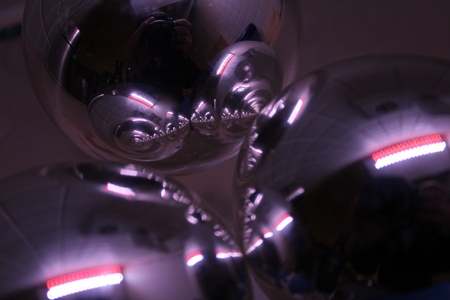
“fractal breakfast at Tiffany’s” , by Rodriguez de la Mär
There seems to be currently an interesting exhibition at Foundation Cartier in Paris called “Mathematiques – un depaysement soudain” (a sudden change of scenery). It is a collaboration between mathematicians and artists. The exhibitions english website says that:
Visitors may continue to experience this “sudden change of scenery” via the exhibition catalog, an iPad application, the Fondation Cartier website, as well as by attending a series of events, the Nights of Uncertainty.
I couldn’t yet figure out how one can “continue the experience via the Fondation Cartier website” that is apart from the above mentioned french exhibition announcement and its english translation there seems sofar not so much more online and the flash plugin crashes regularily. But who knows ? – eventually the plan ist that Fondation Cartier thinks of revamping existing websites related to math and art like e.g. the Voro Wiki?
posted by nad | art and design, math | No Comments »
October 10th, 2011

Maggie Koerth-Baker was today blogging about an interesting popular science video in the field of neuroscience. In the video Stanfort professor Robert Sapolsky explains experiments with monkeys which investigate the role of anticipation and dopamine levels.
In the experiments monkeys got a signal upon which they had to perform some task which was then in the turn rewarded. Measurements showed that high levels of dopamine occurred not as some people may suspect after the reward, but before the task – right when the signal was sent out. The experimenters then lowered the rate of getting a reward. It turned out that the monkeys had even higher levels of dopamine when there was only a fifty percent chance of getting a reward. Sapolsky also mentioned that humans seem to take a unique role in this “social engineering” experiments. That is if I understand him right then humans may even keep on working entirely without reward, when tuned “correctly”.
Unfortunately the talk is very, very short and I couldnt find a longer version. There was also no information given on how important the “rewards” were to the monkeys. Likewise I would have liked to hear something about the rapidity of lowering the reward with respect to the levels. That is I had suspected in this blogpost that it may not only be the dopamine level per se which appears to be important but the rate of change (and eventually the form of the rate of change) of the dopamine level which may be important (as this may eventually even lead to inhibiting the activation of the nucleus acumbens). That is I could imagine that e.g. lowering the reward levels too much or too fast, or to change the levels too often may result in different results than the ones given in the video.
Some “real life social engineering occurences” may point into that direction.
posted by nad | communication, perception | 3 Comments »
October 2nd, 2011
My laptop had been healed again! To my surprise and thanks to Cupertino the logic board and the hard disk were replaced without extra cost, this was not only great for me, but also for the children, which used it right away for watching movies and such. Please press thumbs that the laptop and in particular the NVIDIA graphic chip doesn’t break again!
supplement 6. Okt. 2011: We are sad to hear that Steve Jobs, cofounder of Apple had died. Our condolences to family, friends, and colleagues.
posted by nad | Uncategorized | No Comments »
September 25th, 2011
Unfortunately the graphics chip/logic board of my 3 1/2 ys. old computer is again damaged, moreover the new hard disk seems unfortunately now also damaged. I don’t know wether Apple replaces the board again without cost. So blogging will be again limited for an unknown amount of time.
posted by nad | Uncategorized | No Comments »
September 23rd, 2011
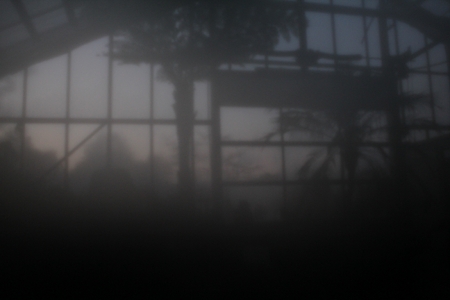
“Balinesisches Treibhaus” in the “Gärten der Welt“
In the recent randform blogpost “How much O2 will there be left” I was raising again the question to which extend climate change could lead to a regression of global O2. The blogpost referred to an older blog post in which experiments with the space colonization were described. In this older blogpost I recalled that
I think to remember that the original intention was to to have people stay for longer than just a summer, as a Mars exploration would take longer than that – but may be I am wrong. I remember that one mission had to be aborted for two reasons: Firstly the air supply had to be reenforced due to a miscalculation of the air consumption of bacteria in the soil of the greenhouse and secondly due to complicated group dynamics.
Today there was a description of a space colonization experiment called biosphere 2 on Spiegel Online. And alone by looking at the images I am now pretty sure that it was a report about this space colonization experiment that I had seen on TV and not the Mars Analogue Research Station Programme as I had wrongly thought in the older randform post. But it seems I correctly remembered that there was a problem of the regression of oxygen (and the group dynamics). The decrease in oxygen seems to have been partially due to microbes in the soil. At least the Wikipedia article about biosphere 2 mentions:
Many suspected the drop in oxygen was due to microbes in the soil. The soils were selected to have enough carbon to provide for the plants of the ecosystems to grow from infancy to maturity, a plant mass increase of perhaps 20 tons (18,000 kg).[21] The release rate of that soil carbon as carbon dioxide by respiration of soil microbes was an unknown that the Biosphere 2 experiment was designed to reveal.
posted by nad | Uncategorized | No Comments »





